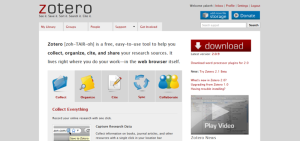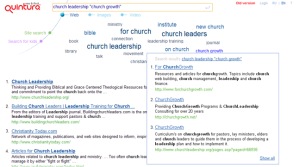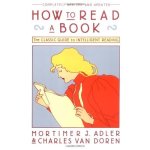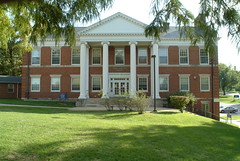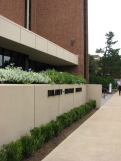Does your digital camera overwhelm your computer? Do you know you have a really neat photo, but can’t remember where you saved and what you named it?
Keeping print photographs organized is a challenge, but then along came digital cameras.  We can take lots and lots of photos and save them on our computers. We no longer have the built-in limitations of being able to afford the film and the developing. However, organizing the hundreds of digital photos we can take organized is a chore!
We can take lots and lots of photos and save them on our computers. We no longer have the built-in limitations of being able to afford the film and the developing. However, organizing the hundreds of digital photos we can take organized is a chore!
I did some research and found some resources that are helpful for organizing personal photos. I’m old-fashioned enough to want print resources (book propped open, next to computer) but if you prefer watching a video, there’s one on the Digital Preservation website at the Library of Congress on archiving personal digital photos. That link is http://www.digitalpreservation.gov/you/content/photos.html. If you are a print person, check out the resources below.
Pogue, David. David Pogue’s Digital Photography: The Missing Manual. Sebastopol, CA: O’Reilly Media, Inc., 2009.
David Pogue is an author, photographer, and indexer. He writes a weekly technology column for the New York Times. Pogue is the creator of the Missing Manual series and has written for the For Dummies series. The first part of this book takes the novice through buying and using a digital camera. The second part is about what to do with the photos after you have taken them. Pogue gives instructions for using free software (either iPhoto for Macs or Picassa for PCs) to organize and edit your digital photos. The instructions in this book are very clear and understandable. It is a good source for the beginning digital photographer. In addition, by including instructions for free software, it presents an affordable way of organizing photographs.
Baldridge, Aimee. Organize Your Digital Life. Washington, DC: National Geographic Society, 2009.
Aimee Baldridge is “a freelance writer and photographer who specializes in technology. For six years she was a senior editor at CNET Networks, an online news and magazine website dedicated to photography and technology” (Andrus 2008). This book first talks the user through making an inventory of existing media: photos, movies, music, and important papers. Then Baldridge guides the user through prioritizing, planning, and executing the copying of analog media into digital. The chapter on photographs contains instructions on setting up the computer’s file system to provide an organizational backbone for digitized photos and for born-digital photos. The software emphasis is on the functions that are needed, rather than on a specific software package. There is a discussion of metadata, comparing it to sticky notes on a print photograph (the data). Baldridge assumes a much higher level of technical expertise of her audience than Pogue does. The home user will need to feel comfortable updating his or her hardware, operating system, software, and firmware.
Consumers Union of United States, Inc. “Organizing Images: Best Storage Strategies.” Consumers Reports (2005, July): 20-21.
Consumers Union is the largest independent testing and information organization in the world. They maintain their independence by not taking any advertising and or gifts, and buying all products they test. This article is addressed to three levels of home users: the casual (takes and saves few images), the serious (takes and saves a lot of images), and the advanced (takes, edits, and shares a lot of images). A simple chart shows the software, time, and features recommended for each level of user. For the casual user, they discuss iPhoto for Macs and Picassa for PCs, both available for free. For the serious user they recommend Photoshop Elements and ADCSee. The article also includes a rating of web-based photo-sharing and photofinishing sites. This respected organization gives useful, easy-to-read recommendations that serve all levels of home users in a summary form for those unwilling to wade through a book to get to the bottom line.
Resources
Andrus, S. M., “Using a camera phone: Aimee Baldridge shows ‘How to Shoot Like a Pro'” [Review of the book The Camera Phone Book: How to Shoot Like a Pro]. Suite101.com. Retrieved July 26, 2009, from http://videofilmtechnology.suite101.com/article.cfm/using_a_camera_phone.
 institutional costs? In the future will we still need librarians? For that matter, what’s a librarian for besides checking out books and shushing folks? Did you know you had an information expert on your side?
institutional costs? In the future will we still need librarians? For that matter, what’s a librarian for besides checking out books and shushing folks? Did you know you had an information expert on your side?
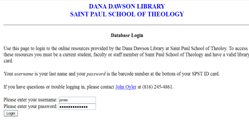



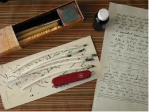
 We can take lots and lots of photos and save them on our computers. We no longer have the built-in limitations of being able to afford the film and the developing. However, organizing the hundreds of digital photos we can take organized is a chore!
We can take lots and lots of photos and save them on our computers. We no longer have the built-in limitations of being able to afford the film and the developing. However, organizing the hundreds of digital photos we can take organized is a chore!